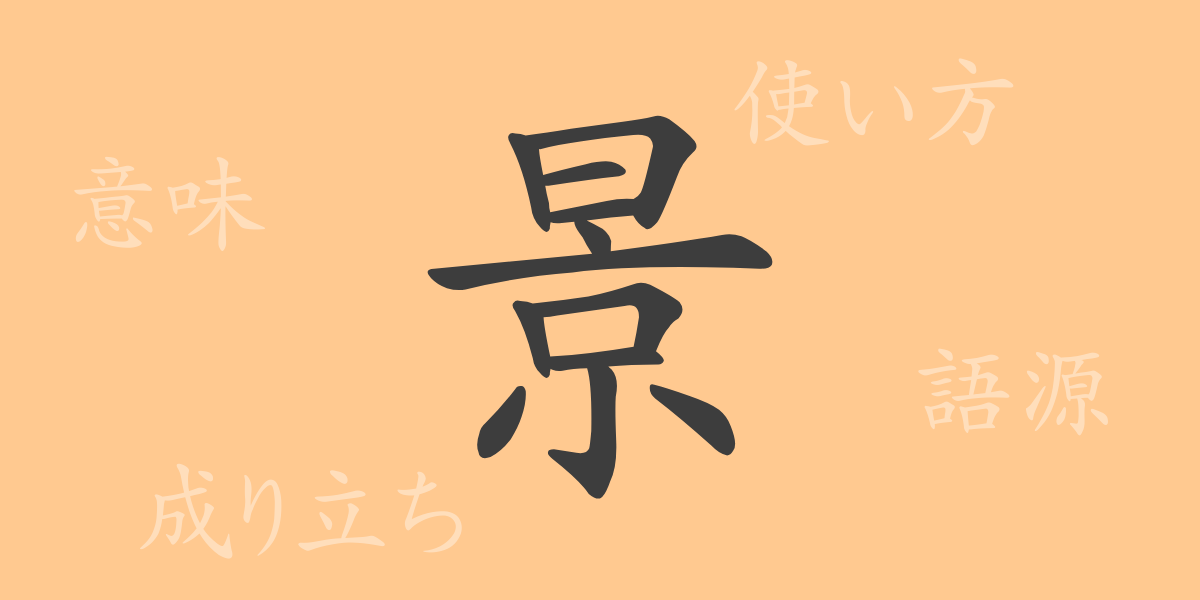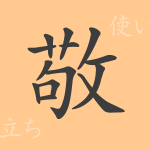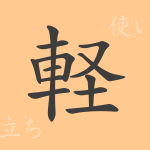The culture of Japanese characters is profound, and among them, common kanji are indispensable elements in daily life. The kanji “景(けい, kei)” evokes images of the scenery and landscapes around us, but behind it lies a rich history and meaning. This article unravels the origins, meanings, usages, readings, and idioms or proverbs containing “景(けい, kei),” guiding you into the world of this kanji that symbolizes the beauty and complexity of the Japanese language.
Origin of 景(けい, kei) (Etymology)
The kanji “景(けい, kei)” originates from ancient China and depicted the sunlight spreading over the earth. Its form mimics the shape of the sun’s reflection on the ground, evolving to its current form over time. “景(けい, kei)” has been used throughout history to symbolize the beauty and changes of nature.
Meanings and Uses of 景(けい, kei)
“景(けい, kei)” encompasses meanings such as “scenery” or “landscape,” referring to the beauty of nature or the appearance of a place. Additionally, it can indicate the state of the economy or society, as seen in “景気(けいき, keiki).” Abstract uses also exist, such as “心景(しんけい, shinkei)” to express emotional landscapes. The diverse contexts in which “景(けい, kei)” is used highlight the richness of Japanese expression.
Readings, Stroke Count, and Radical of 景(けい, kei)
The kanji “景(けい, kei)” provides a wealth of information through its visual features.
- Readings: The on’yomi (Chinese reading) is “ケイ(けい, kei),” and the kun’yomi (Japanese reading) is “かげ(kage).”
- Stroke count: “景(けい, kei)” consists of 12 strokes.
- Radical: The radical is “日(にちへん, nichi-hen),” meaning “sun” or “day.”
Idioms, Expressions, and Proverbs Using 景(けい, kei)
Numerous idioms, expressions, and proverbs contain “景(けい, kei).” For example, “景気(けいき, keiki)” refers to economic trends, and “景色(けしき, keshiki)” describes natural or urban scenery. The phrase “山水の景(さんすいのけい, sansui no kei)” originates from classical poetry and describes the beautiful scenery of mountains and waters. These idioms and proverbs demonstrate the rich expressive power of the Japanese language.
Conclusion on 景(けい, kei)
Through this article, you have likely gained an understanding of the multifaceted nature of the kanji “景(けい, kei)” and its wide range of applications. Each kanji in the Japanese language often contains an entire world within it, offering new discoveries in its depth. Words incorporating “景(けい, kei)” express Japan’s nature, culture, and even emotions. For Japanese language learners, understanding the background of each kanji like “景(けい, kei)” is a significant step in deepening their grasp of the language.

























